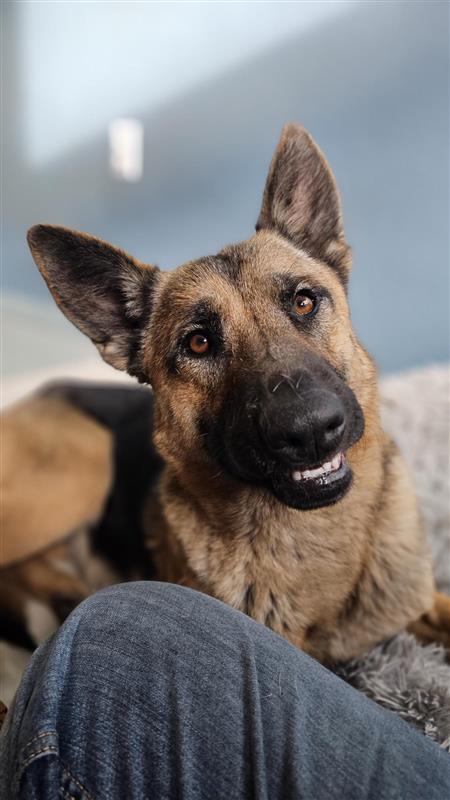
Pawsitive Partners: Keeping Dogs Home
One Step at a Time, Together
ADOPTION CENTER: OPEN MONDAY - SUNDAY 12:30-4:00pm
About the Program
Pawsitive Partners is a donation-based training support program offered by Siskiyou Humane Society.
Our mission is to help overwhelmed dog owners navigate behavior issues that are making day-to-day life difficult — before they lead to surrender.
Whether your dog is barking nonstop, pulling you down the street, destroying things at home, or just not the companion you hoped for, we’re here to help you work through it with compassion, structure, and support.
This is not a professional obedience course or a quick fix.
It’s a place to start again — one step at a time.
Who This Program Is For
- This program was created specifically for families who are:
- Actively considering surrender or rehoming their dog due to behavior challenges
- Struggling to manage their dog’s behavior and unsure what else to do
- Trying to keep their dog, but feeling overwhelmed, defeated, or stuck
- Willing to put in the work to change routines, rebuild trust, and follow through at home
If your dog is simply in need of puppy training, socialization, or general obedience, this program is not the right fit — but we’ve included some trusted local and online training resources at the bottom of this page to help you get started.
- Safety – Teaching your dog to respond reliably and calmly, even in high-stress moments
- Enrichment – Meeting your dog’s mental needs, not just physical ones
- Freedom – Helping your dog feel safe and confident in your home and out in the world
We’ll move at your dog’s pace, break down big goals into manageable steps, and support you every step of the way.
- Rabies vaccination required for all dogs
- Signed safety waiver required before the first appointment
- Owner commitment to practice regularly at home
Training is offered by appointment only at:
Mount Shasta – Siskiyou Humane Society Adoption Center
1208 N. Mt. Shasta Blvd, Mount Shasta, CA
Yreka – Yreka Resource Center
109 N. Broadway St, Yreka, CA
(Available select Wednesdays Only)
Get Started
Ready to begin? Click below to schedule your consultation:

A donation is encouraged to help sustain the program, but no one will be turned away for financial reasons.
Other Training Resources
If you’re looking for basic training, socialization, or group classes, here are some trusted options:
In-Person Options
Freedom K9 – Mount Shasta
Everything from puppy manners to leash reactivity to service and therapy dog training!
Clicker Coach – Mount Shasta
Clicker-based training focused on communication and behavior.
Rescue Ranch Dog School – Yreka
Free Sunday classes—open to the public, no sign-up needed.
Online Resources
Instinct Dog Training
Instinct Dog Training
Instinct Dog Behavior & Training – YouTube
Compassionate, evidence-based videos and online courses.
Oregon Humane Society
OHS Virtual Training
Dog Behavior Resources
Cat Behavior Resources
Dog Miscellaneous Help

